As we head into the new year, many of you will be thinking about calving and the upcoming breeding season. From a nutrition perspective, this involves planning a feeding program that accounts for the needs of pregnancy and lactation. It is well established that cows that lose condition in the last trimester of pregnancy will […] Read more
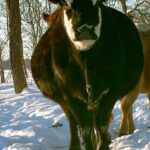
Prioritizing nutrient use in pregnant and lactating cows
Nutrition with John McKinnon

Nutritional consequences of drought linger like a bad hangover
One of the lingering consequences of the poor growing conditions of 2021 that will manifest itself this winter is an increased incidence of vitamin A and E deficiency in cow herds across much of the country. Drought-stressed plants, as well as dormant pastures, are poor sources of vitamins A and E. As a consequence, cattle […] Read more
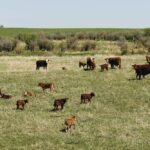
McKinnon: Tips for starting newly weaned calves on feed
Nutrition with John McKinnon
It is Thanksgiving weekend as I write this column, which implies that across the country, cow-calf producers have or are looking to wean calves. While some producers will retain ownership and either background and/or finish their calves, the majority will be marketed either through an auction market, satellite/video sale or directly to a destination feedlot. […] Read more
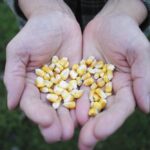
Drought plus high feed grain prices equals imported corn
Nutrition with John McKinnon
From a feed grain perspective, this fall and winter promise to be challenging for cattle feeders. At the time of writing, the 2021 western grain harvest was nearing completion. Traditional feed grain supplies (i.e. barley and feed wheat) will be tight. Furthermore, feed grain prices remain at peak levels and have shown no inclination to […] Read more
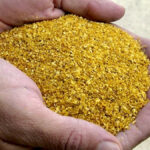
Are byproduct feeds the answer to a limited feed supply?
Nutrition with John McKinnon
In my last column, I addressed the use of low-quality roughages in wintering rations. That column was prompted by widespread drought across Western and Central Canada. Recent rains have helped alleviate dry conditions; however, they have not mitigated impending feed shortages. As a result, producers continue to scramble for winter feed, with many looking to […] Read more
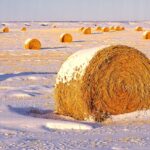
Are you relying on straw to get through this winter?
Nutrition with John McKinnon
For many areas of Western Canada, the summer of 2021 has been one of the driest in recent memory. As a result, cow-calf producers have been scrambling to put together a winter feed supply. For many of these operations, cereal and pulse straws and possibly corn stover will play a major role in getting cows […] Read more

Cattle nutrition vs. market quality: Is there a relationship?
Nutrition with John McKinnon
If you have been a regular reader of this column, you will know that I often write about the design of backgrounding and finishing programs. In these columns, I focus on formulating diets to specific energy and protein levels that target desired rates of gain for different classes of cattle. In the case of finishing […] Read more
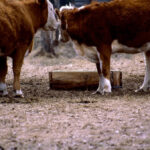
Navigating the commercial mineral market for livestock
Nutrition with John McKinnon
Are you looking for a mineral this spring and summer? If so, be prepared to navigate through an array of commercial options. Differences exist in the concentration of the macro and trace minerals, in vitamin content, the presence or absence of salt, anti-caking and fly control technology and in suggested daily consumption targets. Unfortunately, when […] Read more

Supplementing minerals on pasture — a necessary evil!
Nutrition with John McKinnon
Hopefully, as you read this article, “spring has sprung” and pastures across the country are showing signs of early growth. For cow-calf operators, the arrival of spring signifies the transition from winter feeding to a new grazing season. Spring pasture growth is considered an excellent forage source for meeting the nutritional requirements of lactating cows, […] Read more
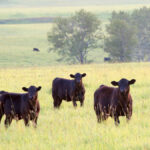
Getting the most out of your grass cattle
Nutrition with John McKinnon
As this issue comes to print, we are likely 40 to 60 days away from turning yearlings out to grass. The vast majority of these animals are last year’s calves weaned in the fall or early winter. If we examine how these animals are overwintered, two different management approaches are evident. The first is to […] Read more



